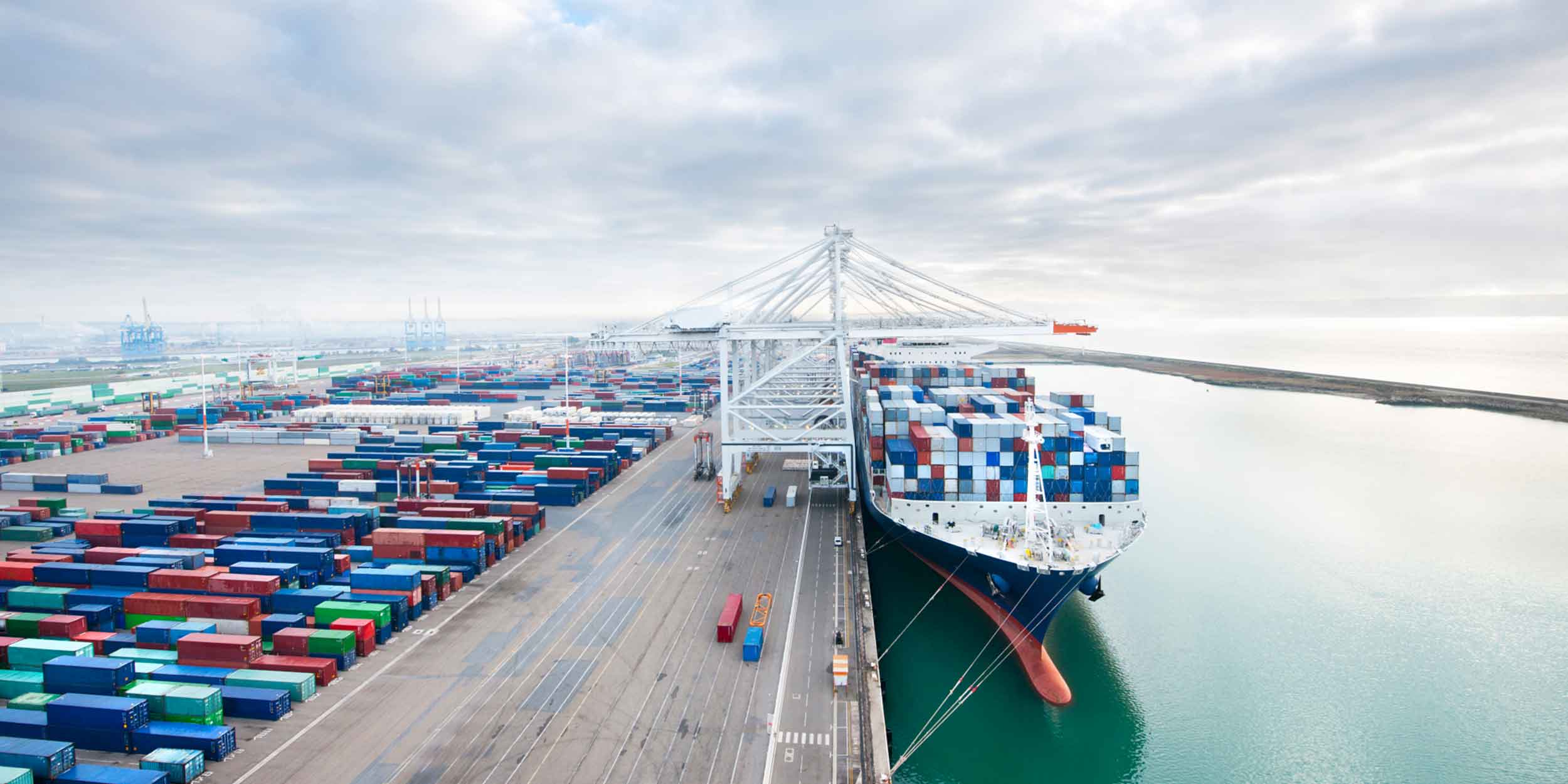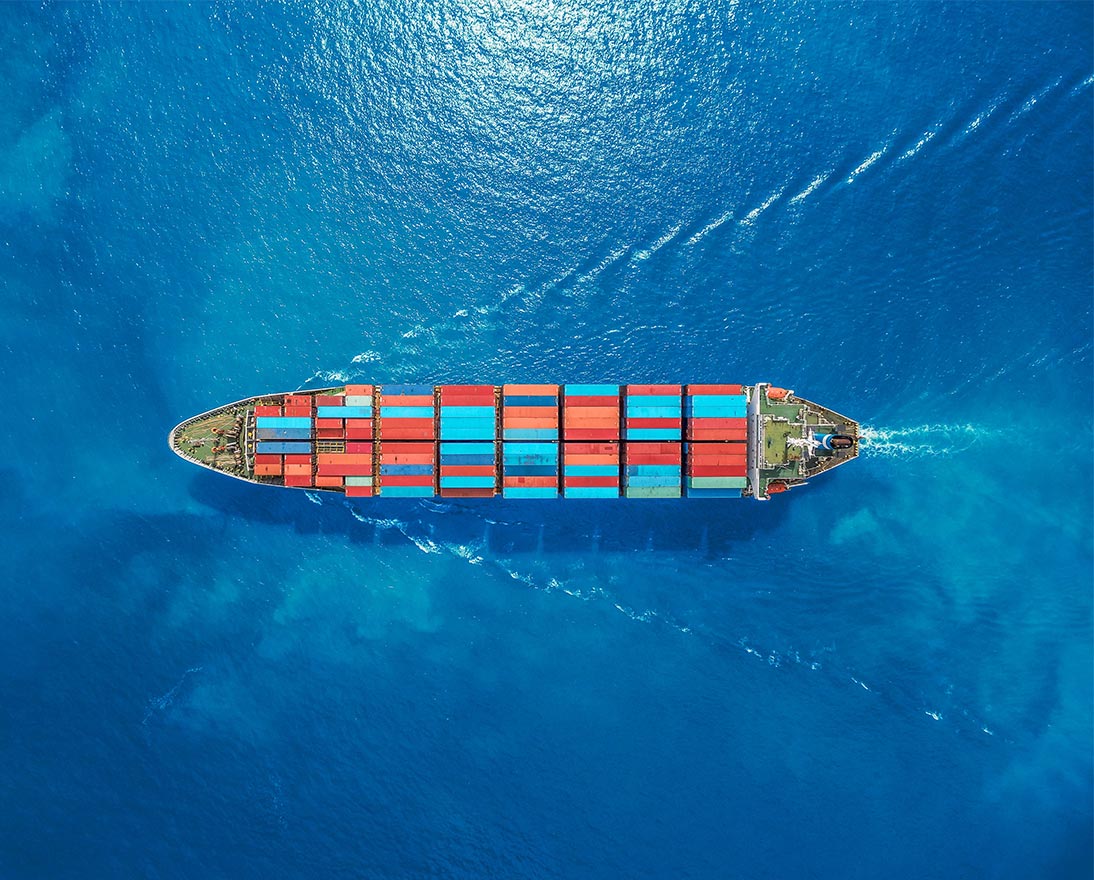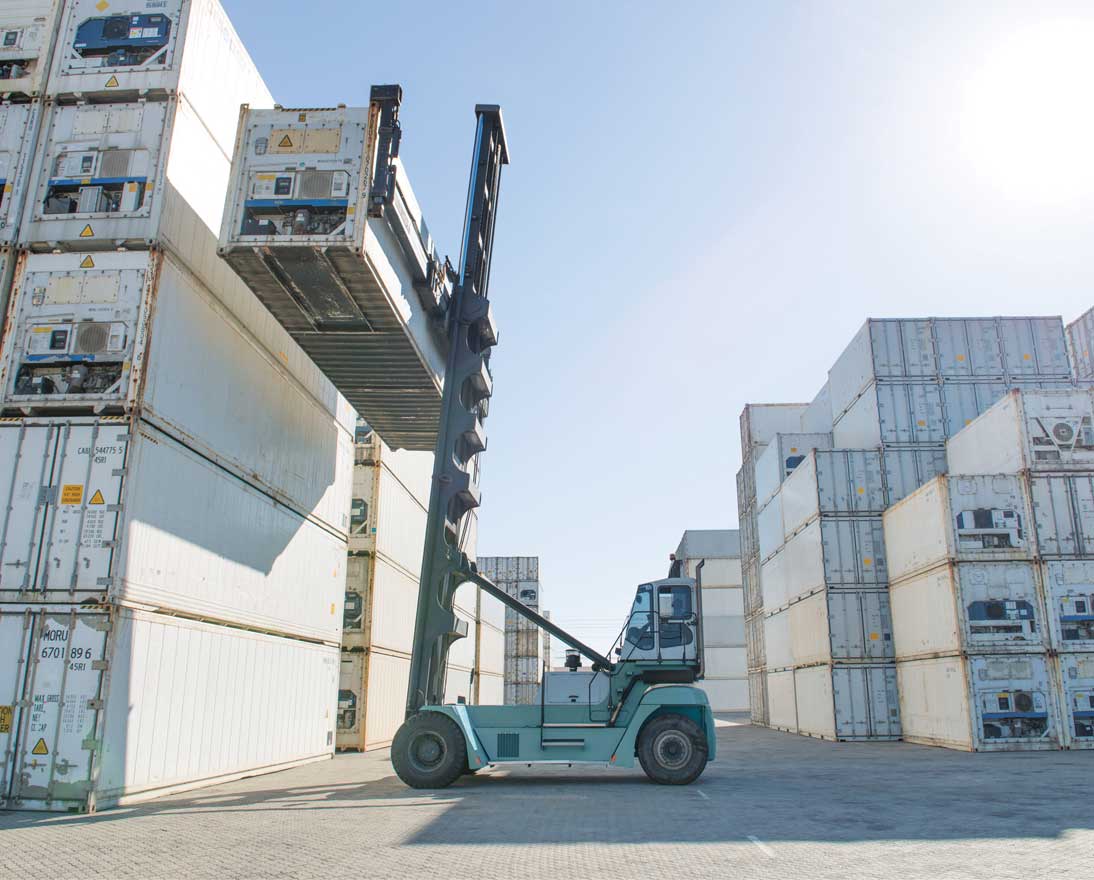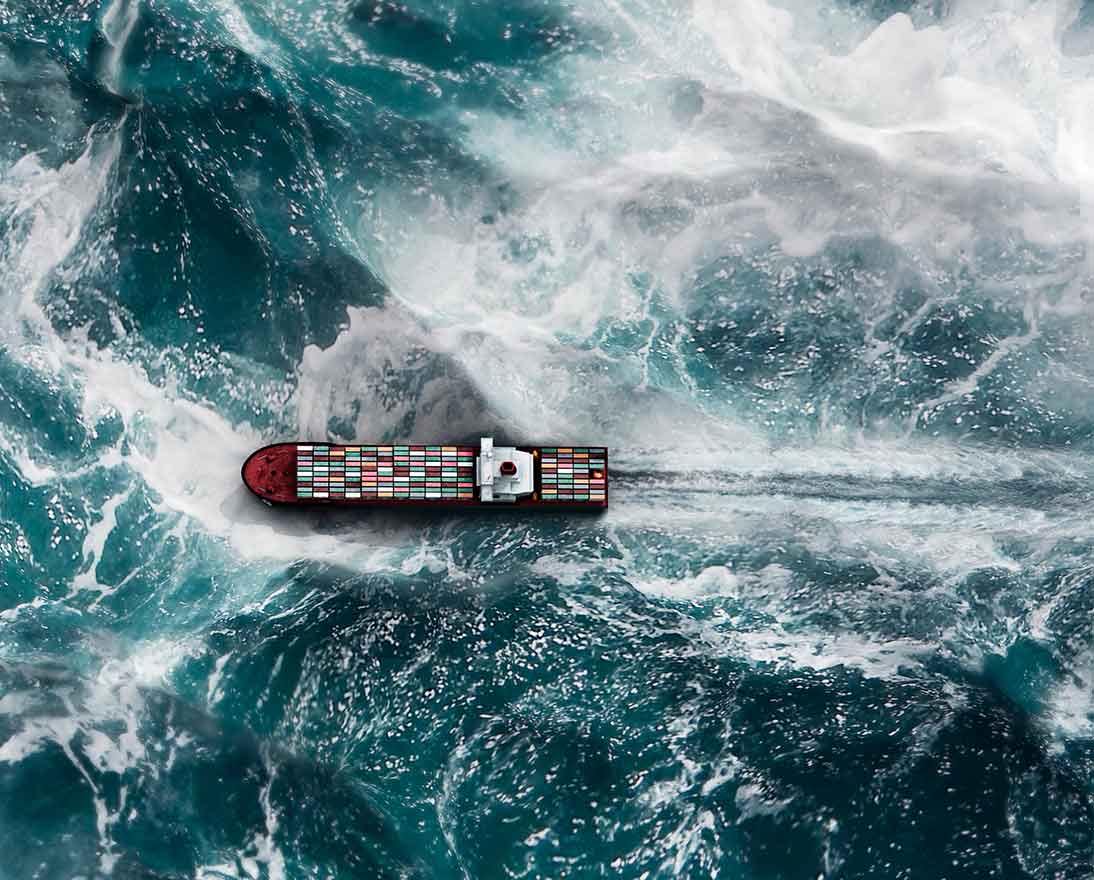Supply Chain Security: As Crime Rises, Businesses Strengthen Resilience
Supply ChainArticleJuly 4, 20247 min read
Securing complex supply chains is a job evolving as quickly as the tactics of criminals targeting goods made increasingly valuable by the impacts of such disparate factors as climate change, geopolitical tensions and other events. In other words, what works well today in managing the risk may not meet the challenge tomorrow.
“In order to be effective, you have to constantly be looking to strengthen your supply chain resilience,” said Taylor Sjoberg, Senior Marine Risk Engineer with Zurich Resilience Solutions in the U.S.
Sjoberg joined other Zurich experts in a podcast exploring how risk managers can better understand the shifting security landscape and the role insurers play in helping them address the complexities and vulnerabilities within increasingly interconnected supply chains. Also participating in the discussion were Camilla Chandra, Head of Marine EMEA for Zurich Insurance Co. and Bjorn Hartong, Global Head of Risk Engineering Marine, Security and Supply Chain at Zurich Resilience Solutions.
Criminals have seized on disruptions such as the global pandemic, severe weather events, conflicts in some parts of the world and high inflation that have driven up the value of goods that had to be stored for long periods of time or were shipped along lengthier, alternative routes, said Chandra. “Any and all of these factors can have ramifications on the supply chain security environment as criminals are able to simply exploit the vulnerabilities that these impacts create,” she added.
A recent surge in olive oil thefts amid record-breaking heat in Europe that has withered harvests is an example of how climate change has impacted the attractiveness of goods and tempted criminals to take action, Chandra said. Olive growers and mills in Spain, Italy and Greece have been victims of increased theft, and thieves have stolen shipments intended for supermarkets and processing centers.
Geopolitical instability such as increased tensions between China and Taiwan, conflict in the Middle East and Ukraine have a destabilizing influence on trade and raise the threat of intentional blocking of shipping paths, among other problems that criminals may exploit, Chandra said.
“Unfortunately, we don’t see signs that these trends will subside, particularly in light of increasing geopolitical tensions and extreme weather events,” she said.
How to strengthen resilience
What works in one location might not be the best solution for strengthening supply chain security in another, the experts agreed.
“Risk managers have to be aware of the risks to their goods throughout the supply chain,” said Hartong, instead of relying on a security mindset in place for local risks, which likely would not work elsewhere. “In Europe it might be a risk on the road, but in other parts of the world criminals may have a different way of working,” he explained.
The stakes are high, Hartong noted. In March of this year, in the EMEA region alone, reported cargo losses reached €9 million in 260 incidents, according to the Transported Asset Protection Association (TAPA). That is likely far lower than the actual loss when considering that many incidents go unreported, Hartong said.
Businesses should take a layered approach to supply chain security that creates redundancy and backstops to harden targets against criminal activity, according to Sjoberg. To illustrate such an approach, he referred to the success of a pharmaceutical company that managed the risk of security issues around a high-value load of vaccines shipped during the COVID-19 pandemic.
Among the multiple layers of security used by the company were GPS devices used to transmit location data of trucks carrying the vaccine. A GPS beacon was placed with each pallet, in the event that some would malfunction. The truck trailers were equipped with highly reinforced locking devices and communication with drivers was near-constant.
“Lastly, and probably the most important, they had an escalation plan in place. In the event that any of those layers were compromised, they had a response,” said Sjoberg. “There was no single layer that this client implemented that fully secured the cargo without any risk. It was the multiple layers accompanied by a strong escalation protocol that made our client a hard target for criminals.”
Hartong pointed out that Zurich has worked with hundreds of customers with supply chain security challenges to share knowledge that helps prevent theft. Many Zurich customers have had theft losses curtailed or significantly reduced thanks to a risk-based approach to securing their supply chains, he said.
How insurers can help
Even a small rise in cargo crime can have a big impact on companies, Chandra said, and insurers play a meaningful role in identifying and assessing risks along the supply chain that could lead to losses.
Risk information sharing between insurers and customers is a key way of helping underwriters evaluate likely exposures and identify opportunities to better manage the risks, Chandra said. Conversations with underwriters can help pinpoint areas where risk engineers can become involved, she noted.
There are multiple examples of conversations between customers and underwriters that led to risk engineering working closely with the customer’s risk management department to help train staff to be aware of security threats, for example, Chandra said. “That role that we play is very much dependent on keeping an open and transparent conversation about our customer’s supply chain and their cargo insurance needs,” she added.
The path to supply chain security
Sjoberg outlined five steps that risk managers can take to improve supply chain security. Those steps are:
- Stay active in organizations such as the Transported Asset Protection Assn., the Pharmaceutical Cargo Security Coalition, American Truck Assn. and others as a way to remain current on trends, technologies and strategies to prevent cargo theft.
- Carry out risk assessments such as vetting of cargo carriers, analysis of trade lanes and identifying route risks that could pose supply chain threats.
- Create a risk management playbook that outlines all requirements to abide by. This could be as granular as providing turn-by-turn instructions for truckers and security requirements to protect cargo on overnight stops – fenced areas, security cameras and lighting, for example.
- Invest in technology such as GPS and other devices that can provide real-time monitoring of cargo locations and other information such as when truck trailer doors are opened, whether temperatures and humidity levels are adequate for cargo that could spoil, and other data.
- Ensure that training is in place for those who are responsible for executing supply chain security measures and responding to incidents. Measure their performance through random auditing.
“We know that in times of uncertainty crime increases and we’ve seen how quickly criminals seize opportunities,” Chandra said. “In order to combat these threats, we will need to quickly adapt to a range of different scenarios.”
While technology will play a sizeable role in the work to combat supply chain crime, it does not supplant the need for close collaboration with customers and their brokers, which is vital if insurers are to continue providing support that will strengthen supply chain resilience, Chandra said.



